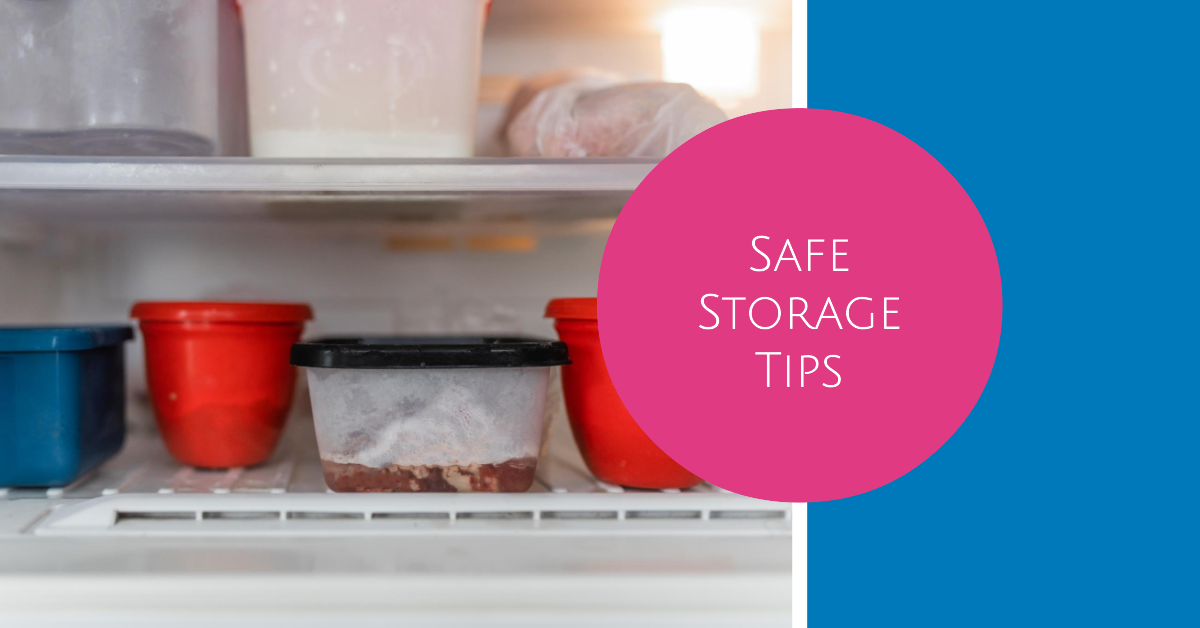Yes, you absolutely can refrigerate hot food safely! But to ensure optimal food quality, safety, and fridge efficiency, there are a few key things to consider.
Safety First: The Danger Zone and Bacteria
Foodbourne bacteria multiply rapidly between 40°F (4°C) and 140°F (60°C), a zone particularly risky because many harmful bacteria thrive in this temperature range. Refrigerating leftovers promptly helps minimise the time food spends in this danger zone, reducing the risk of bacterial growth.
Balancing Safety and Efficiency: Cooling Hot Food Smartly
Here's how to optimise both food safety and fridge efficiency when storing hot food:
- Divide and Conquer: Break down large pots of leftovers into smaller containers. This increases surface area exposure to cold air, speeding up the safe passage through the danger zone.
- Shallow is Best: Swap deep pots for shallow containers. This promotes faster and more even cooling throughout the food.
- Rapid Cooling Hacks: Consider using an ice bath to further expedite the cooling process before placing food in the fridge. Some containers specifically designed for storing hot food may also facilitate faster heat transfer.
- Cover Up: Always cover leftovers before refrigeration. This helps prevent odours and contamination from spreading within the fridge.
- Space It Out: Maintain proper air circulation by avoiding fridge overcrowding. This allows for efficient cold air distribution and faster cooling of both hot and cold items.
A Word on Fridge Efficiency
While safe, placing hot food in the fridge can temporarily increase its energy consumption as it works to bring down the food temperature.
Additional Considerations
- Food Quality: Some vegetables, for example, may lose some crispness or texture if cooled too quickly. Consider storing these at room temperature for a short time before refrigerating.
- Spoilage Slowdown, Not Prevention: Remember, refrigeration slows down spoilage, but doesn't eliminate it entirely. Always adhere to recommended storage times for leftovers.
Refrigerating hot food is a safe practice, but using techniques like dividing portions and using shallow containers can significantly improve both food safety and fridge efficiency. This is perfect for mini fridges, car fridges, office fridges and bedroom fridges. Be mindful of potential impacts on food quality for certain items and always follow proper storage times for leftovers.
